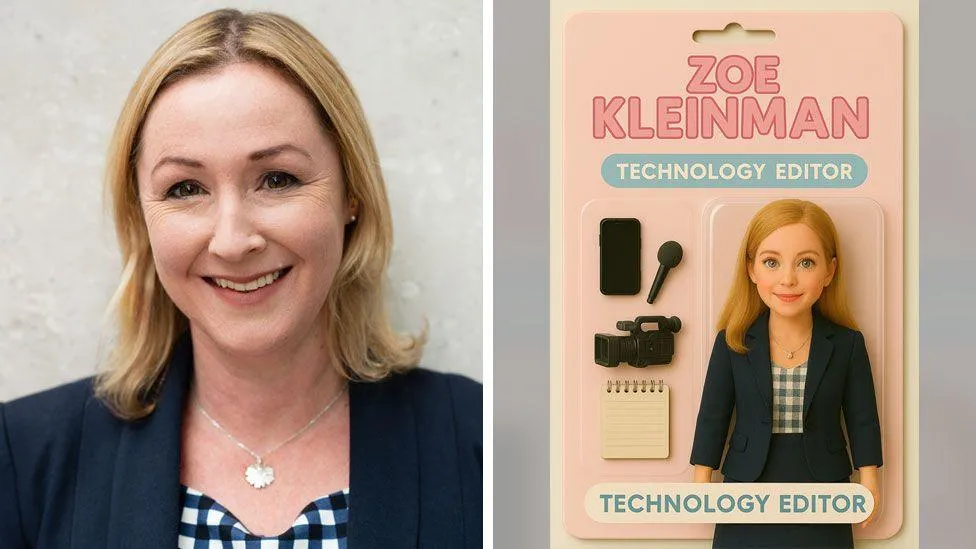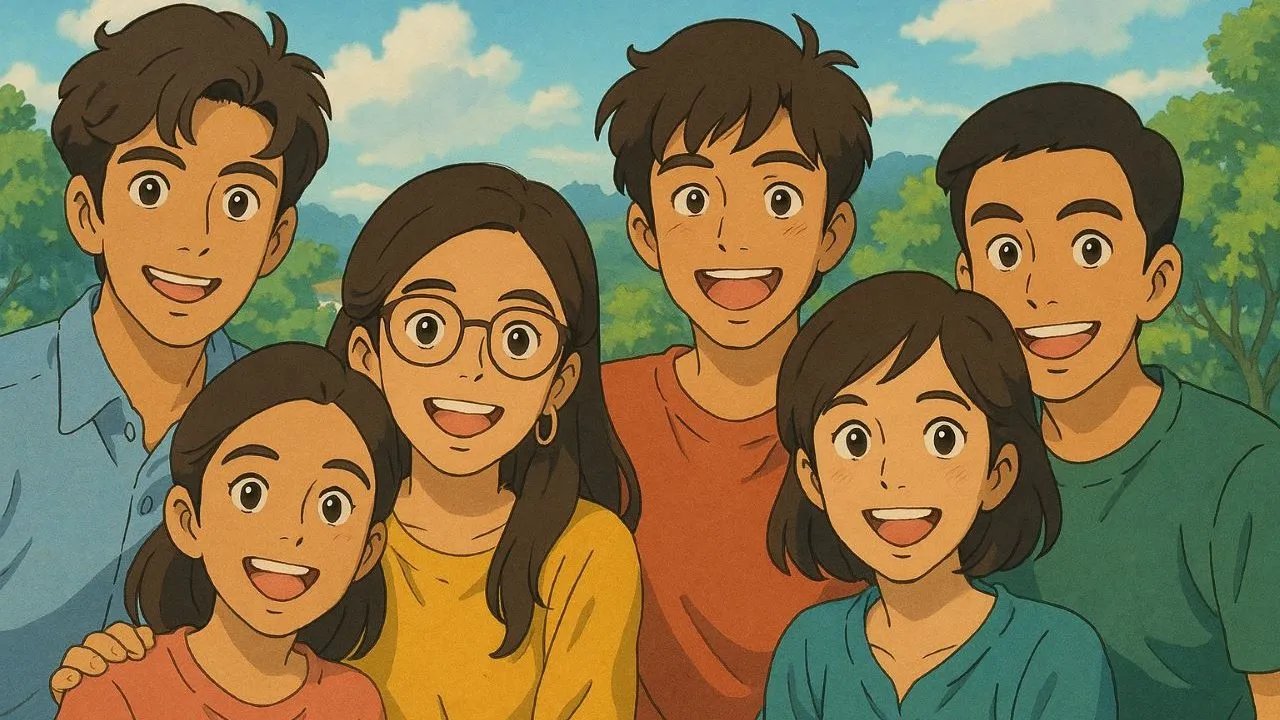In an era where digital innovation is continuously reshaping our lives, a peculiar trend has emerged that’s taking over social media feeds: AI-generated dolls. Yes, you read that right. Using tools like ChatGPT and Copilot, people are transforming themselves into pocket-sized versions of their online personas. From Barbie-inspired packaging to accessories that reflect one’s personality, this viral phenomenon is making waves. But, as enticing as it sounds, not everyone is on board.

How Do These AI Dolls Come to Life?
It may sound like a complex process, but creating an AI-generated doll is surprisingly simple. All you need to do is upload a selfie to an AI tool, pair it with a set of detailed instructions (think: what accessories you want, the kind of packaging, and even your eye color), and voilà! You’ve got yourself a miniature version that looks like it walked out of a toy aisle.
However, as seen in the case of Zoe Kleinman, BBC’s technology editor, things don’t always go according to plan. “It took some time to perfect a pocket-sized and plastic-packaged version of myself,” Kleinman confessed in her experiment with the trend. She soon found out that AI tools can sometimes give her a doll that looked more cartoonish than realistic, or even age her a bit too much. The AI’s interpretation of her appearance often defaulted to blue eyes, despite her hazel-green blend, showcasing how generative AI can make assumptions and miss the mark.
The Allure of AI Dolls: Why Everyone’s Jumping In
So, why are people jumping on this trend? Trends, by their very nature, are meant to be fun and engaging. But as social media analyst Jasmine Enberg points out, generative AI has made it “easier and quicker for people to create and jump on trends.” This instant gratification may be what’s driving the AI doll craze. What’s even more tempting is that influencers, brands, and even Royal Mail are now leveraging the trend to create unique branded mini-me versions of themselves.
Though it may start as a playful novelty, the speed and ease with which AI can generate content could make AI-driven trends a regular feature in our digital lives. But there’s a downside to this quick and easy creativity.
The Growing Concerns: Is the Fun Worth the Cost?
The AI doll trend, despite its whimsical nature, is stirring up several important debates. One of the major concerns centers around the environmental impact of these AI tools. According to Professor Gina Neff of Queen Mary University London, ChatGPT’s data centers consume more electricity in a year than 117 countries combined. “ChatGPT is burning through energy,” she explains. And while this might sound hyperbolic, TechRadar’s Lance Ulanoff jokes, “Every time we create one of these AI memes, it kills a tree.”

The environmental cost is a valid concern. After all, behind every AI-generated doll, there are vast data centers consuming energy, and as the technology becomes more popular, the carbon footprint grows. This has led some critics to question whether the fleeting novelty is worth the environmental cost.
Moreover, the use of generative AI also raises issues around data privacy. Some worry that the technology might be generating images using copyrighted data without proper consent or compensation. “ChatGPT Barbie represents a triple threat to our privacy, our culture, and our planet,” warns Professor Neff.
Privacy, Data, and AI Ethics: The Need for Responsibility
As AI becomes more integrated into our digital lives, ethical concerns become harder to ignore. Jo Bromilow, director of social and influencer at PR agency MSL UK, argues that while the results can be entertaining, “if we’re going to really use AI properly, we have to set guardrails around how we use it conscientiously.” After all, using AI to generate personalized, branded dolls might be fun, but it raises serious questions about accountability.
The idea of generating content that’s based on a mix of brands, characters, and personal data—without proper oversight—could be a slippery slope. So, while the results can be amusing, it’s crucial that we don’t overlook the impact of this technology on privacy and ethics.
Testing the AI Doll Trend: A Personal Journey
For Zoe Kleinman, testing the trend was an exercise in patience. The process involved crafting detailed prompts, uploading selfies, and tweaking the final image to get it just right. “It felt like a lot of work for a passing trend,” she reflects. While the process of creating an AI doll was fun, it wasn’t without its frustrations. The final result often didn’t resemble her perfectly, leaving her to wonder if this was just a novelty or a passing phase.
But the most important takeaway from Zoe’s experiment? The environmental toll of the process. While the doll itself was amusing, it became evident that the AI-powered server farms were working overtime to create something that may have been better spent on more sustainable or meaningful uses.

So, are these AI dolls worth jumping on the bandwagon for? The technology is undeniably fascinating, and the personalization options are endless. But, as we’ve seen, the fun might come with some serious consequences, from environmental costs to privacy concerns.
Ultimately, the AI doll trend highlights how far technology has come, but it also serves as a reminder to consider the broader implications. As we get caught up in the excitement, we must remember that while AI might be here to stay, it’s crucial we use it thoughtfully and responsibly.










